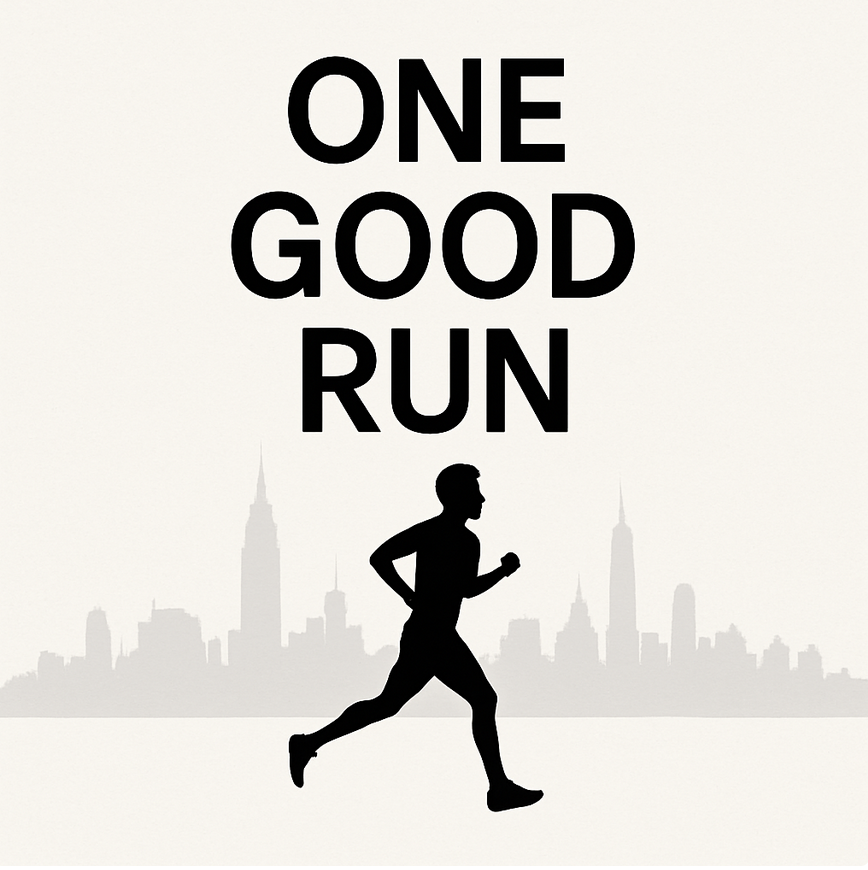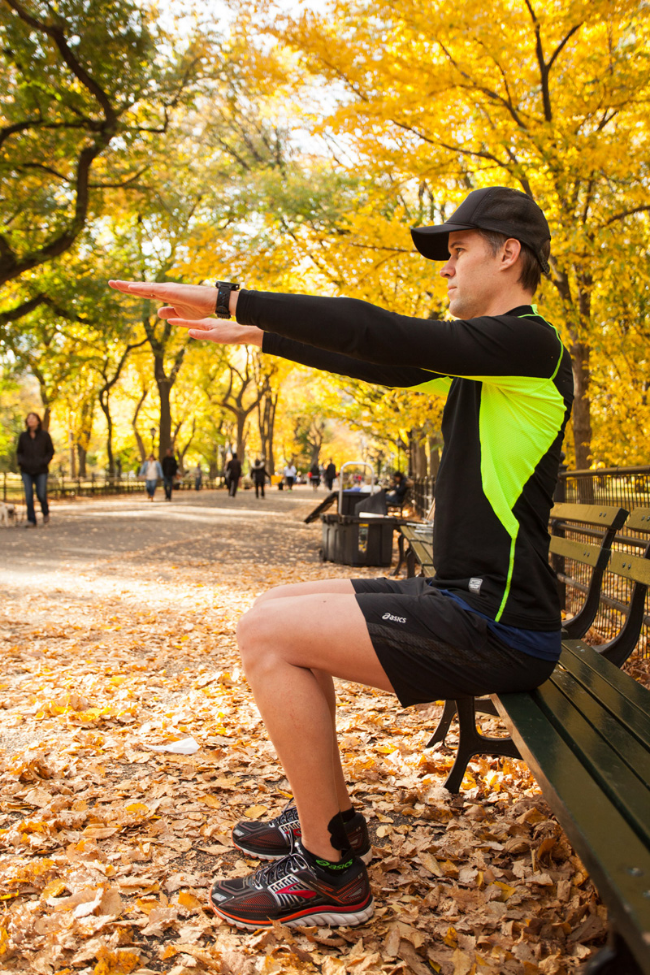Perpetuating Factors That Can Affect Your Performance
If it feels like you've always got tension and tightness in your muscles, you might need to look at some perpetuating factors.
Two common things I see in the clinic that delay the healing process are and contribute to excessive muscular tension are:
- dehydration &
- borderline anemia
Hydration:
If you an older adult, sweat a lot, have a chronic illness or are an endurance athlete you are at greater risk of becoming dehydrated.
Symptoms of dehydration include:
headache
tiredness
dark coloured urine
constipation
dizziness
muscle tenderness
dry skin
irritability
inability to concentrate
How to stay hydrated?
Staying hydrated is NOT about just drinking enough plain water.
Although water is very important, if you are dehydrated, the most critical thing is restoring the electrolyte balance.
To replace electrolytes I don't recommend Gatorade which is full of sugar. Instead try Hydralyte* from the chemist that has the perfect balance of electrolytes that will re-hydrate you very quickly. Hydralyte is a good option if you are medically unwell and suffering dehydration. Unfortunately Hydralyte still contains sugar.
Another option, (for athletes and otherwise healthy people) is Nuun* electrolyte tablets.
These are completely sugar free but still contain all of the important electrolytes such as potassium, sodium, calcium and magnesium that are essential for muscle function and recovery.
You can find these online or ask for a sample next time you are in the clinic.
Personally I find Nuun the perfect portable hydration solution, especially for athletes who want to recover faster after training and competition. If I have exercised for more than one hour, I will take one Nuun tablet with 500ml of water when I finish.
Another source of electrolytes is found in coconut water that is very high in potassium.
*Please check with your doctor before taking any supplements, particularly if you have high blood pressure.
Anemia:
If you are an athlete (especially runners), vegetarian/vegan, pregnant, menstruating, have a chronic illness, have ulcers, suffer inflammatory bowel disease or donate blood regularly or take anti-inflammatory medication you are a greater risk of developing anemia.
Anemia can interrupt the function of the muscular system, as well as the immune system putting your body under a great deal of stress. Anemia commonly goes under diagnosed.
Symptoms of anemia are:
fatigue
headaches
shortness of breath
pale skin
weakness and muscle pain
dizziness
heart palpitations
tinnitus
feeling itchy
irritability
How to prevent anemia?
If the anemia is due to iron deficiency, have your ferritin levels checked. If it is due to Vitamin B12 deficiency you will need to try obtain greater amounts through your diet or supplements.
The highest know sources of iron are from clams, oysters, beef, chicken, eggs, grains, nuts and spinach. If you would like more information from a qualified nutritionist please click here.
Summary
Addressing these two important factors will improve your recovery and most importantly keep you moving your best!
If you feel like you might be suffering from these two conditions, please talk with your primary health care provider.
And don't forget to ask for a free sample of Nuun when you're next in the clinic.
Please let me know how YOU like to stay hydrated in the comments below...











































